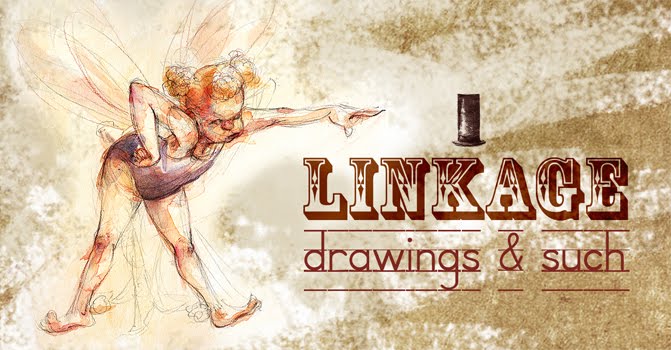
Hello Everyone! These are notes for my students at CIA, but everyone else can feel free to read along as well! I'll be posting my class notes each week for the next 8 weeks.
As we begin to adventure into picture book illustration let's look at some common elements found in children's literature that help us see life through a child's eye. Mind you, these are not hard and fast rules— it just appears that all the great children's authors seemed to tap into similar concepts. The key to looking at these elements is to imagine how you could apply these ideas to your illustrations and moreover your 16 page mockups.
Snugness
Snugness is the idea of a child creating a comfortable home for themselves— one that gives them a sense of belonging and safety. A Snug place.
Examples:
1. Laura's "little house" in Little House on the Prairie
2. Badger's comfy home underground where he retreats from the big chaotic world in "The Wind in The Willows"
3. My daughter Naomi snuggling up close to me on my bed while we read stories. No matter what time of day it is we must read them there and she always snuggles up underneath my arm. This gives her a complete sense of comfort and belonging.
Scariness
Scariness is a reflection of childhood's natural anxieties and fears that children relate with in stories. It can be used as an element of fun to create a visceral experience, as well. Playing "Boo" with an infant doesn't necessarily scare them as much as it gives them a slight adrenaline boost that lets them know they are alive. An adult version of this could be the thrill rides at amusement parks. Scariness can be found all over classic children's literature from the Brother's Grimm tales to "Where the Wild Things Are".
Smallness
Smallness is the sense of kinship a child has with other objects or creatures or people who are small. Imagine crawling around at the literal eye level of a toddler. Or better yet, try it! The world looks so much different from that vantage point. Conversely, when children play with doll houses, toy cars, building blocks, stuffed animals etc. they are empowered to a degree, because they tower over their made up world...!
Examples of Smallness
1. Little House on the Prairie
2. Little Red Riding Hood
3. The Littles
4. Stuart Little
5. The Little Engine That Could
And those are just the ones with "Little" in the title...
Aliveness
Aliveness is the belief that anything animate or inanimate can be be full of life, sentiant and with a soul. It goes beyond mere fantasy— it is life affirming to a child and it brings about something greater to their hearts. Hope. Life is far more than what we perceive in front of us and it has endless possibilities. Examples are far too numerous to list and could be found all over picture books and literature.
Lightness
Lightness is the sense of emotional and physical ( to a degree ) lightness a child feels in comparison to an adult. Kids are light-hearted, flexible and ever shifting. Emotionally lithe! Adults, on the other hand are more solid and serious. Weighed down by the expectations of the world and adulthood. Compare the free-wheeling flight of Peter Pan, the boy who never grew up, to the pondering villainy of Captain Hook. Indeed, how many of us scoff at the silly seemingly irresponsible nature of children, while all the while wanting with all our hearts to return to that place.
The best illustrators are story-tellers at their primal core— it's what separates us from other disciplines in art. You could say that our chosen medium is not paint, or clay or metals, but story. The very best children's illustrators have an innate sense of how story relates to children and how children relate to a story. I highly recommend that everyone review some picture books and see if any of the 5 elements show up IN the illustrations. Look at the composition, the colors, the marks made in the execution of the illustrations...
Also, it is IMPERATIVE that we illustrators draw from a place we know. To that end you must draw from life and do it daily. More specifically, draw children! Watch their personalities and try and capture the essence of their personalities in gesture. Draw quickly and don't worry about details. Those come later. Check out the 30 sec to 1 minute gestures done of my daughter this week. See you all in class!

1 comment:
Lincoln, great post. I am looking forward to this series of posts. Thank you in advance .
Post a Comment